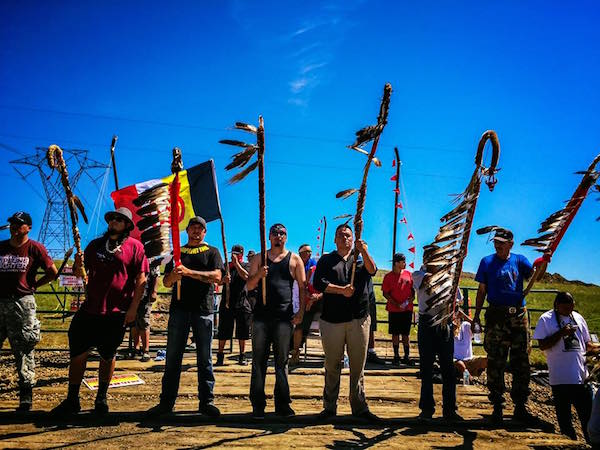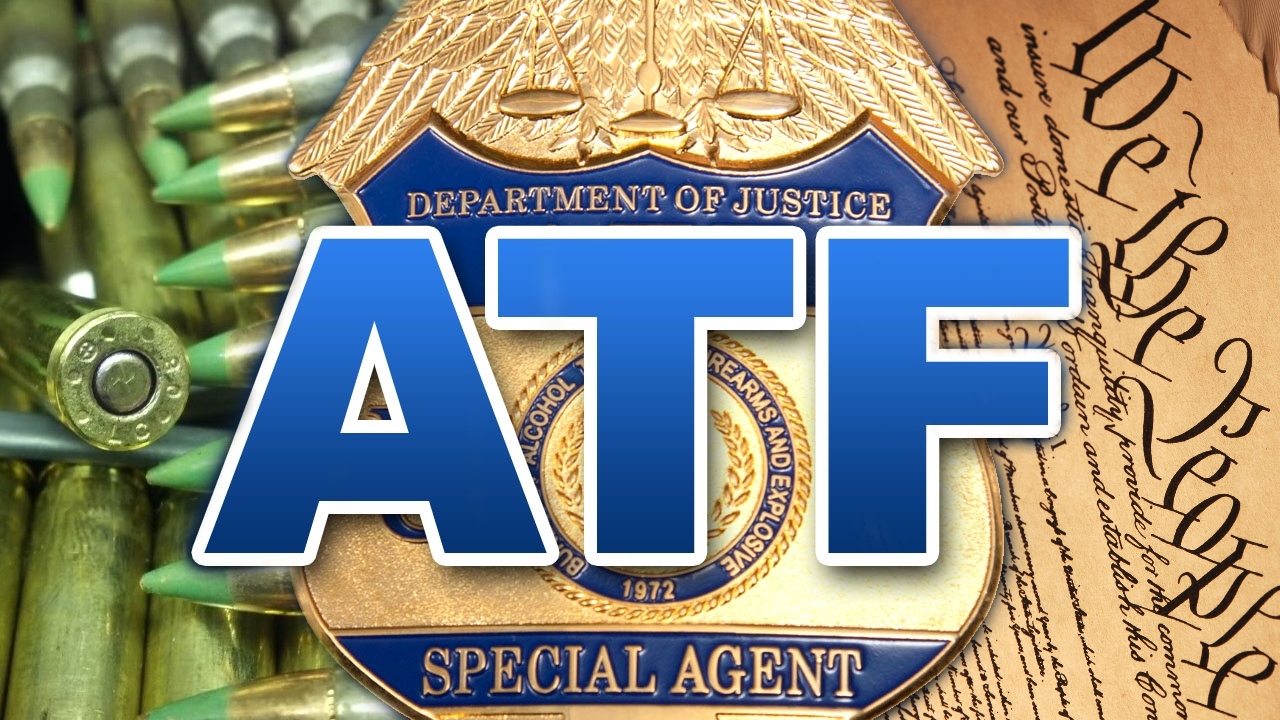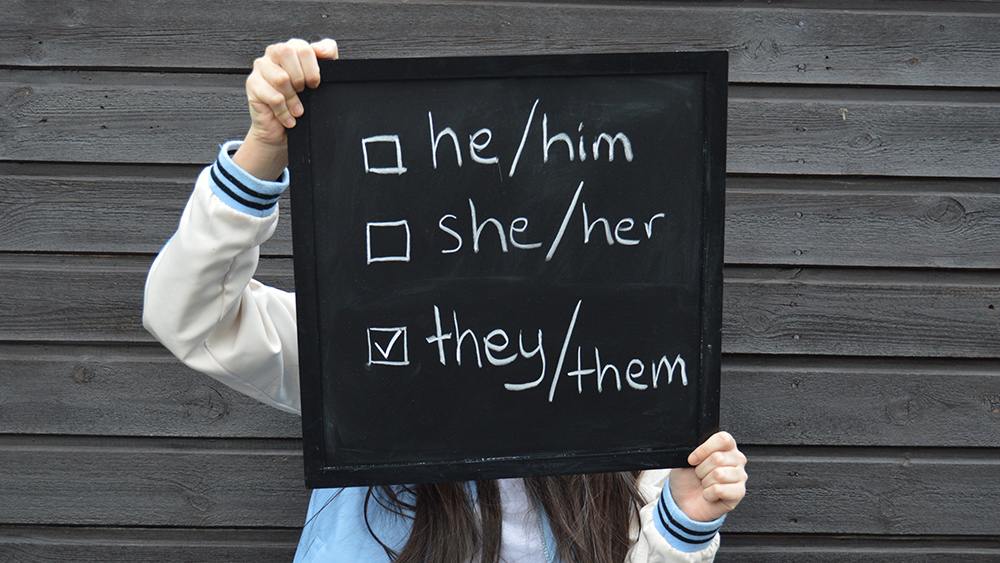
Maxine Herr, a spokeswoman from the Morton County Sheriff's Department, is even quoted as saying, "They have deliveries, retailers that are delivering to them – we will turn around any of those services." In their initial plan, "anything that goes to sustain living there" was simply to be turned away from the encampment.
Fortunately, officials seem to have realized that this initial plan was rather extreme and inhumane. Now, instead of creating a physical barrier to deny the activists what they need to survive the harsh North Dakota winter, it appears that law enforcement will be levying hefty fines against anyone caught delivering supplies to the water protectors.
Herr recently announced that the government has decided to take a more "passive role." She stated, "The governor is more interested in public safety than setting up a road block and turning people away."
Vehicles that appear to be headed towards the encampment will now be stopped by law enforcement officers, and drivers will be informed that they are committing an infraction that could result in a $1,000 fine.
Cecily Fong, a spokeswoman for the North Dakota Department of Emergency Services, says that the fines should, at the very least, serve as a hindrance. Fong notes that the fines will, ideally, effectively block the delivery of supplies, without the need for a physical barrier.
Herr also told the Bismarck Tribune, "They need to evacuate. The executive order is clear that it’s public safety. If they ignore it, they have to live with the consequences of potentially freezing to death," as reported by Russian Times.
Governor Jack Dalrymple's "emergency evacuation" plan was announced at the end of November. The evacuation order was ostensibly issued because of harsh winter conditions that were expected in North Dakota. Wind gusts of up to 45 mph and snow were predicted to follow shortly after the notice was given. Dalrymple reportedly cited "safety concerns and the potential danger to human life for those camping on federal property without proper shelter during harsh winter conditions," as one of the reasons for the immediate evacuation order.
Interestingly enough, the freezing conditions did not prevent law enforcement from using water cannons against the protestors on November 21st, just the week before the executive order was issued.
Since the evacuation notice was issued, there have been conflicting reports on the North Dakota government's intent. A spokesperson for the governor has said that Dalrymple had no intention of blocking the delivery of food and other supplies to protestors. Spokesman Jeff Zent said that the governor's emergency evacuation order has been "misconstrued" by some as a way to block supplies, but that was not what the governor had intended.
Since the protests began, law enforcement and the water protectors have been butting heads. Activists have reported that excessive force is being used by the government, and lawsuits have even been filed. Russian Times reports, "[S]everal protesters filed a class action lawsuit against Morton County and law enforcement agencies, who they accuse of 'illegal use of force,' including 'highly dangerous weaponry,' on the night of November 20 and early morning of November 21."
Reports indicate that on that night, Morton County police officers used tear gas, rubber bullets and water cannons on protestors, despite the sub-zero temperatures. According to the water protectors, no orders to disperse or other warnings were given before the weaponry was launched. However, law enforcement says that orders to disperse were indeed given. Herr says that law enforcement officers were justified in using the water cannons, given the threat being posed by the protestors.
Clearly, this conflict is not going to end any time soon – even with the possibility of fines being imposed.
Sources:
Please contact us for more information.























